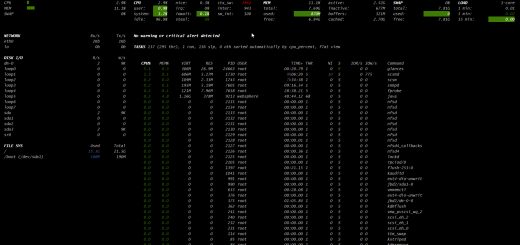Change Root Password in RHEL
Changing the root password on a Red Hat Enterprise Linux server is a critical task that should only be done when absolutely necessary. In this article, we will walk you through the process of changing the root password on a Red Hat Enterprise Linux server.
This process will also work on Debian, CentOS, and Rocky flavors of Linux.
Changing the root password on a Red Hat Enterprise Linux server is relatively simple.
In order to change the root password on a Red Hat Enterprise Linux server, you will need access to the root user credentials. There are times when this password is forgotten, lost, or not handed over when someone leaves the business.
There are THREE ways to break the boot process on Linux.
The first 2 ways are manually entering break commands added to the boot.cfg file. The final way is to use a boot disk and rescue mode.
- Rd.break – enters emergency mode with no system disk loaded
- emergency – similar to rd.break but mounts system disk
- Rescue – like single user mode, disk mounted, and services started
To change the root password, you must use rdbreak because this process does not mount the root system disk; mounting a system disk implements the file system permissions, meaning you cannot change the root password – instead, you will be asked for the root password.
Step 1- Reboot the Server and Break the Linux boot process
To change the Linux root password, first, ensure you start with your Linux Server powered off.
- Power on your server and watch the boot process on the screen or via a terminal connection
- At the GRUB2 boot screen, press e to edit boot.cfg

- Add the command rd.break after the boot image .img as per the picture above
- Choose to continue the startup process.
- the rd.break command will break the boot process and you will be dropped back to a shell prompt
- This command breaks the boot sequence and only enables read-only mode on the filesystem
Step 2 – Mount the Sysroot volume
What is sysroot? sys root is the root directory for Red Hat Enterprise Linux systems. This is where you find the system’s configuration files, binaries, and libraries.
Sysroot is a system root directory that contains the files and directories that are necessary for the system to function. Changing your root password is a good way to secure your system
- Mount the system root using the command
mount -o rw,remount /sysroot/ This command remounts the root filesystem (/) located at /sysroot/ with read-write permissions. This is crucial because, in read-only mode, you cannot make changes to critical system files, including the root password file. Remounting it with read-write access enables you to modify the password and have those changes persist after a reboot.
Step 3 – Access Sysroot Shell
- Access the shell by typing
chroot sysrootThe command chroot /sysroot is used to change the apparent root directory for the current running process and its children. In simple terms, it creates a new, isolated environment (often called a “chroot jail”) where /sysroot becomes the new root directory (/) for that environment.
Step 3 – Now change the root password
Type passwd to change root password
passwd When prompted, enter a new password
Step 4 – Auto-relabel the Sysroot volume
Important: now you have changed the root password, you must relabel the file system so that the files and folders are aware of the new password hashes. Simply type:
touch ./autorelabelThe command touch /.autorelabel creates an empty file named .autorelabel in the root directory (/) of the filesystem. This file serves as a signal or trigger for SELinux (Security-Enhanced Linux), a security module in many Linux distributions.
When SELinux is enabled and enforcing security policies, it assigns security labels (contexts) to files and processes. These labels determine what actions a process is allowed to perform on a file. If the security labels of files become inconsistent or incorrect, SELinux might prevent legitimate actions, leading to unexpected behavior or errors.
Step 5 – Remount the disks as Read-Only
Now mount disks as read-only
mount -o ro,remount /sysrootStep 6 – Reboot and monitor the boot progress
Now reboot the server
reboot
Once the server reboots, you will be able to log in with your newly changed root password. It’s a little daunting when doing this for the first time, but after a while, it will become second nature.
Thanks for taking the time to read this article. if you have any questions or feedback, please write in the comment section below.




Really nicely explained, thank you so much!!